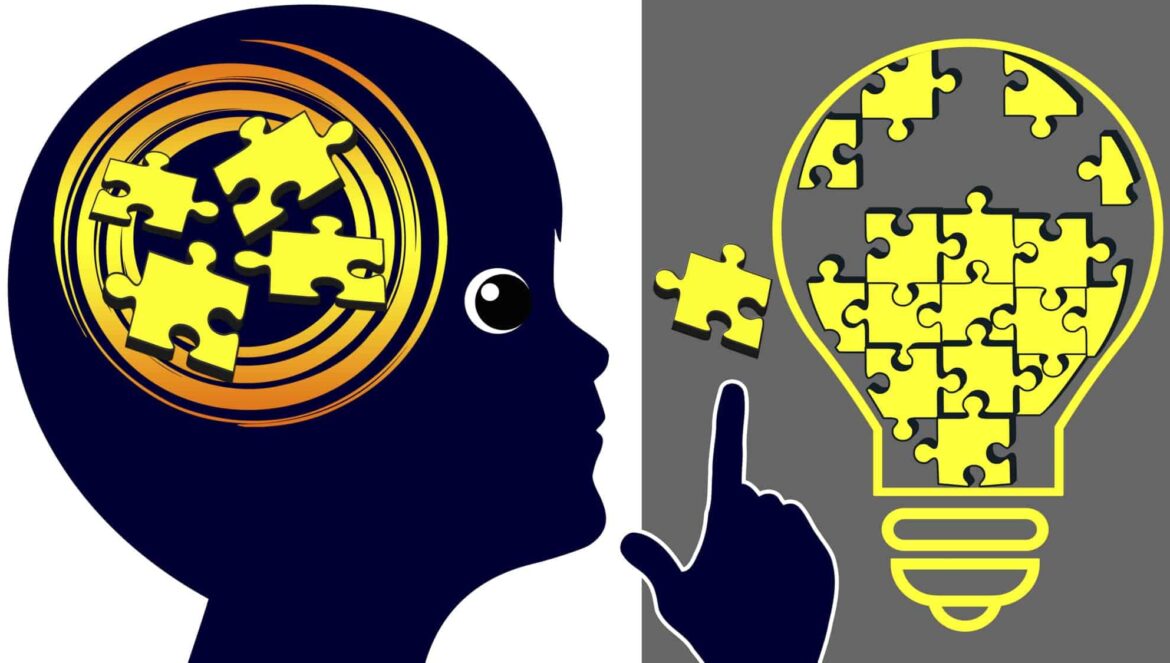Skills to help students adapt and grow to the challenges of the future by Bob Lenz
 Students depend on their schools to prepare them to succeed in careers both immediately after they graduate and also 10, 20, and 30 years from then. They must be prepared for jobs that don’t yet exist and in fields that haven’t even been imagined. This may seem like a daunting task for schools. We are asking school systems to look into a crystal ball to create the “School of the Future” and, while some have tried, many have failed.
Students depend on their schools to prepare them to succeed in careers both immediately after they graduate and also 10, 20, and 30 years from then. They must be prepared for jobs that don’t yet exist and in fields that haven’t even been imagined. This may seem like a daunting task for schools. We are asking school systems to look into a crystal ball to create the “School of the Future” and, while some have tried, many have failed.
In West Philadelphia, a new cutting-edge school was named “The School of the Future” and promised to better prepare students for the high-tech workplace of tomorrow. Costing $62 million, it offered laptops instead of textbooks, a more student-centric approach to the classroom experience, a state-of-the-art media center, and professional-grade science labs.
The new school seemed transcendent, as did the optimism of education reformers, teachers, students, and parents. But the enthusiasm didn’t last long. As noted in a 2018 blog post by Larry Cuban, frequent administrative changes, mediocre academic results, and trouble with the high-tech devices began to overshadow the glow of futuristic classrooms, and the stark realities of public education soon took hold. Somewhat quietly, The School of the Future slid back into the practices and routines of traditional schools everywhere.
The power of Project Based Learning
One of the best ways to prevent schools from backsliding is to firmly establish changes in classroom instruction that survive leadership changes or tech problems – changes such as Project Based Learning (PBL). A true “school of the future” should teach students how to problem-solve, communicate, collaborate, and to think critically about issues impacting the world today, and in the future. These skills will help students adapt and grow to meet whatever challenges the jobs of the future hold. Project Based Learning (PBL) delivers on these requirements.
In a PBL model, students work for a week or more on a project that engages them in solving a real-world problem or answering a complex question. Rather than a single test or writing an essay on what they have learned, they demonstrate their knowledge and skills by developing a public product or presentation for a live audience. Through this process, students develop deep content knowledge as well as critical thinking, creativity and communication skills, all while engaging with their community.
The cognitive science behind PBL
One reason PBL is so effective is because of its foundation in science. Extensive research from the NDRC, the University of Michigan, and a joint project between Stanford University and the Lucas Education Foundation shows a strong alignment between PBL and learning efficacy. For example, PBL helps students retain what they have learned because projects provide context, teach students how to apply lessons, and how to understand their own thought processes. PBL doesn’t just align with cognitive functioning, it actually improves it and creates new channels for learning. It also improves traits like collaboration, leadership and empathy. For all of these reasons, PBL is the perfect model to provide students with the skills, such as higher-order thinking, that the jobs of the future will demand.
A radical small step
Project Based Learning is an effective and targeted strategy for school districts looking for ways to prepare students for the future. It can be integrated into public schools into existing public schools with only a few structural and policy changes, not just fully-redesigned charter or “special” schools. In fact, Michael Fullan’s research on deeper learning shows PBL often is most effective in schools with the fewest resources. Here are two ways that school districts get started.
1.) Invest in professional development. Districts can partner with outside organizations that are experts in the field of PBL. We have found through our experience working with districts that teachers who are trained on PBL implementation tend to embrace it.
2.) Engage students in high quality PBL projects at least twice a year. PBL doesn’t have to be a wall-to-wall approach. If every student engages in two projects every year, by the time they graduate they will have developed the skills needed for the jobs of the future. The Buck Institute for Education provides resources on implementing Gold Standard PBL.
PBL is a transformative change that can revolutionize teaching and learning. It is a step forward toward that ultimate goal of education reform — the elusive “school of the future.”
Author
Bob Lenz is executive director of the Buck Institute for Education, a mission-driven nonprofit organization that creates, gathers, and shares high-quality PBL instructional practices and resources for schools. Bob is recognized nationally as a leader in high school redesign, Project Based Learning, 21st century skills education, and performance assessment. He co-founded Envision Education in 2002 and served as its CEO and Chief of Innovation until 2015.
Under Bob’s leadership, Envision Education put into practice a highly successful redesign model that has opened a path to college and college retention for underserved urban students at Envision’s three Bay Area arts and technology high schools. Bob also launched Envision Learning Partners, which works with schools, districts and networks as they adopt the Envision Schools College and Career Ready Student Performance Assessment System.
The William and Flora Hewlett Foundation has recognized Bob as a Senior Deeper Learning Fellow. He is the author of Transforming Schools: Using Project-Based Learning, Performance Assessment and Common Core Standards, published by Jossey-Bass Wiley. He began his career in education as a teacher and co-founder of an academy program at Sir Francis Drake High School in San Anselmo, CA.
Follow Bob Lenz on Twitter.
Further Reading
- EdWeek – Students’ Basic Needs Must Be Met Before They Can Learn Deeply
- Marin Independent Journal – Buck Institute for Education unveiling learning program
- edCircuit – The New Framework for High Quality PBL
